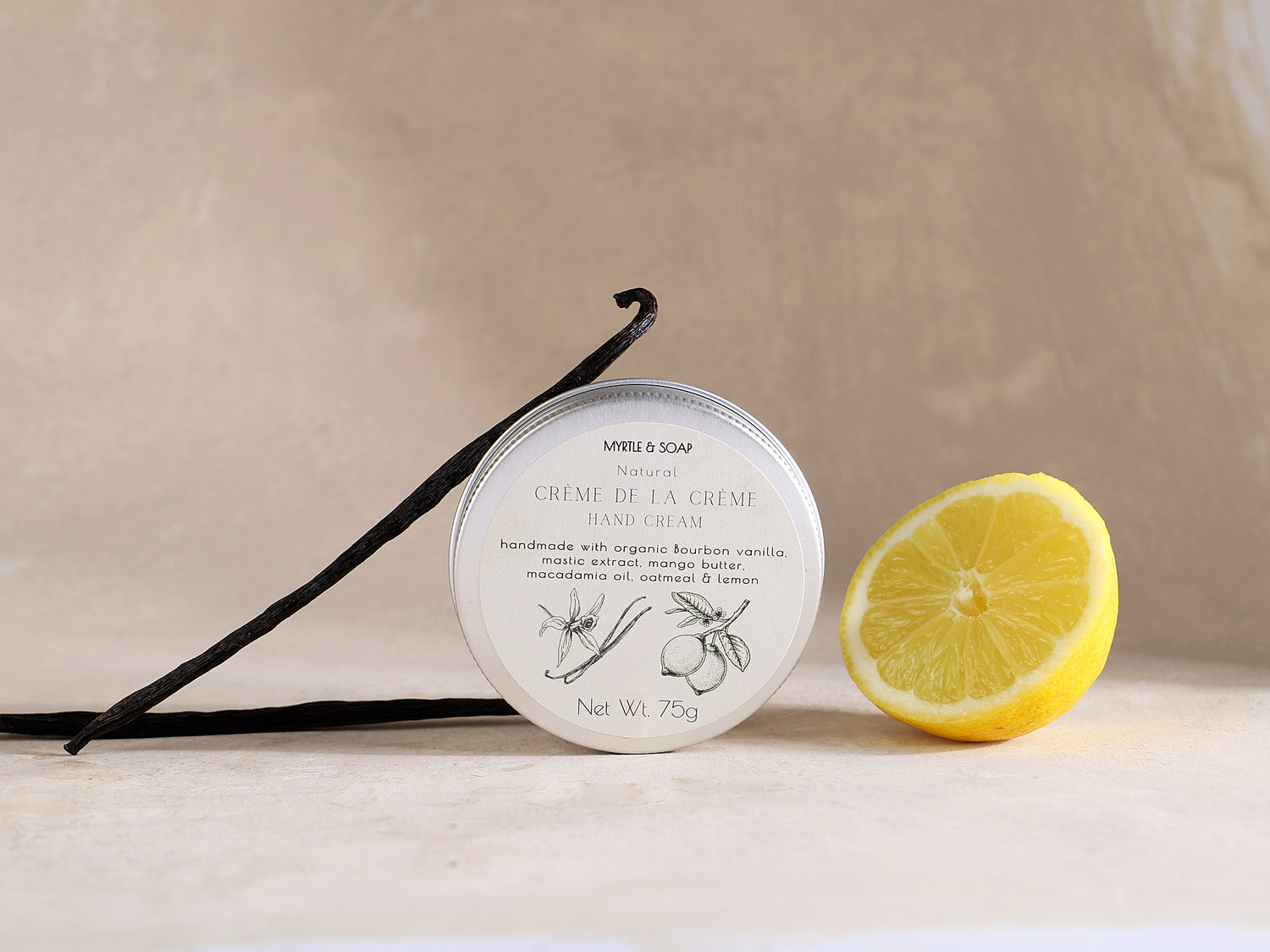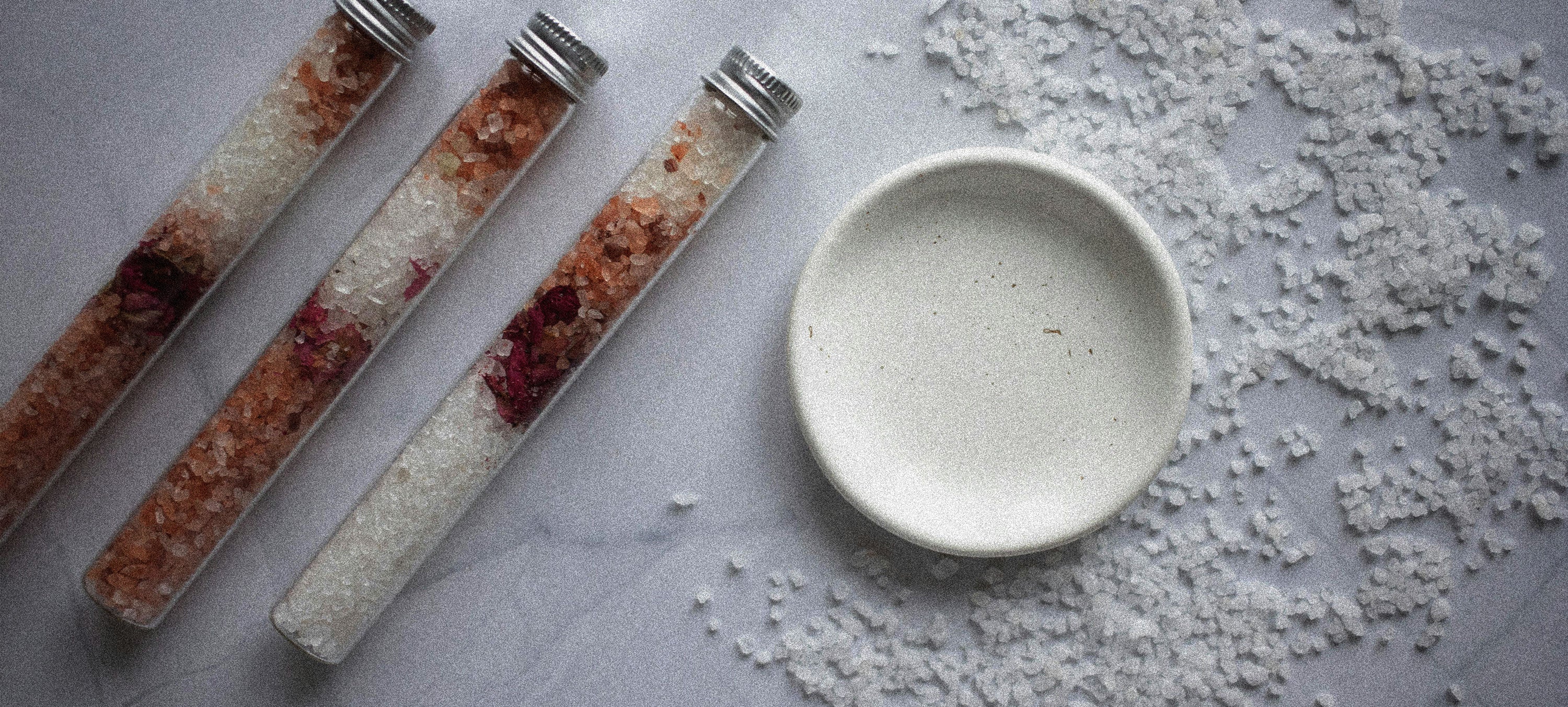What are PEGs?
Polyethylene glycols, or PEGs, are ingredients very commonly used in an array of cosmetic products as emulsifiers, solvents, surfactants, thickeners and emollients. They improve the feel and texture of the product and enable its easier penetration into the skin.
Why should you avoid PEGs?
- PEGs are petroleum-based and as a result not sustainable or biodegradable ingredients. They enter our soil, rivers and streams through the wastewater system and as they contribute to environmental pollution and toxicity.
- PEGs may be contaminated with ethylene oxide, a known carcinogen, and 1,4 dioxane, a possible carcinogen, during their manufacturing process.
Ethylene oxide’s ability to damage the DNA makes it a dangerous nerve disruptor and cancer-causing chemical, likely associated with leukaemia, lymphoma, stomach and breast cancers. It is also used to produce other chemicals such as antifreeze, pesticides and sterilising agents.
Even though 1,4 dioxane can be eliminated from the final PEG ingredient through a process called vacuum stripping, there is also no way of knowing if this has been done.
As these are only likely contaminants and not used directly as ingredients in a cosmetic product, they would not be listed in the ingredient list and there is no way of finding out if they are present in the final product or not!
- As PEGs function as skin “penetration enhancers”, they enable the easier absorption of other likely questionable or toxic ingredients included in the formulation of the cosmetic product.
How can you tell if a product contains PEGs and PEG derivatives?
Look for ingredients containing the either the “PEG” abbreviation on the product’s label or "polyethylene" and "polyethylene glycol".
It is usually followed by a number eg., PEG-4 and often another ingredient right before or after it such as PEG-40 Hydrogenated Castor Oil.
We advise against using any cosmetic products containing PEGs - not only are they not sustainable ingredients but they may also be contaminated with carcinogenic chemicals as a result of their manufacturing method.
Collapsible content
References
1 The Dirty Dozen: PEG Compounds and their contaminants, David Suzuki Foundation
2 Ethylene Oxide, National Cancer Institute
3 #ChemicalCallour: Polyethylene Glycol Compounds (PEGs), Madesafe.org
4 1,4 Dioxane, Campaign for Safe Cosmetics
5 1,4 Dioxane in cosmetics: a manufacturing byproduct, U.S. Food & Drug Administration


